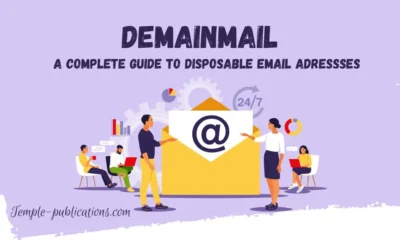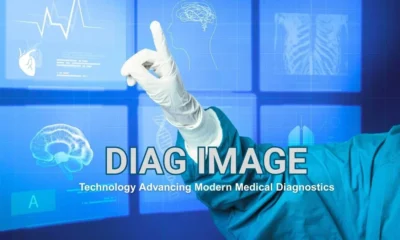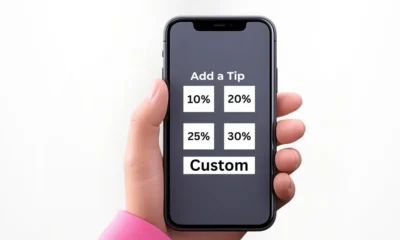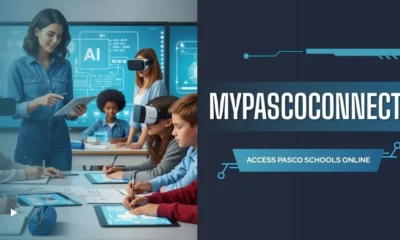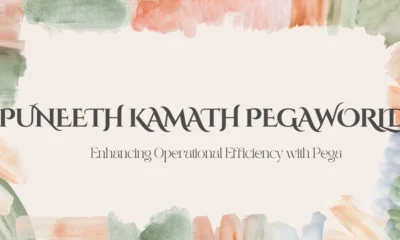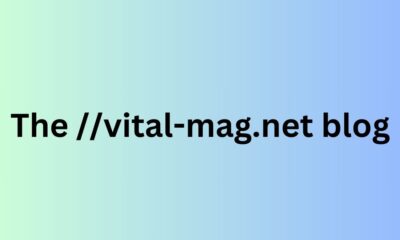TECHNOLOGY
The Intersection of Risk Adjustment Software and RADV Audit Readiness: What to Know in 2025

Risk adjustment is no longer a back-office concern — it’s a frontline compliance issue with direct financial consequences. For organizations responsible for Medicare Advantage populations, ensuring every diagnosis code is documented, supported, and defensible has become essential. That’s where purpose-built Risk Adjustment Software plays a pivotal role. The best solutions today don’t just improve code capture — they identify documentation gaps, streamline provider workflows, and prepare charts to hold up under the increasing intensity of CMS audits. In 2025, software that can’t do all three is a liability.
Why RADV Audit Readiness Must Be Built into Daily Operations
CMS’s approach to Risk Adjustment Data Validation (RADV) audits has shifted dramatically over recent years. The use of extrapolation models now means that a single unsupported diagnosis in a sample can result in widespread financial implications across a much larger patient population.
Model changes under CMS HCC V28 have added pressure. Several conditions that once qualified as risk adjustable have been removed or modified, and the criteria for supporting evidence have become more rigorous. Providers must clearly demonstrate MEAT (Monitoring, Evaluation, Assessment, Treatment) elements to justify risk-adjusted codes. The days of vague or implied documentation are over.
At the same time, CMS has shortened audit timelines and implemented more automated audit flags. Health plans, ACOs, and provider groups now have little opportunity to correct records after submission. Risk-bearing organizations must shift from reactive to proactive risk adjustment—where defensibility is built in at the point of care.
How Modern Risk Adjustment Software Supports Audit Resilience
The right technology can transform risk adjustment from a vulnerable process to a defensible, compliant system.
Real-Time Documentation Prompts
Leading solutions integrate directly into EHRs, offering real-time guidance as clinicians document. If a diagnosis is entered without supporting MEAT elements, the system can prompt the provider to elaborate—while the context is still top of mind. These prompts are non-intrusive but effective, turning routine visits into opportunities for stronger compliance.
Historical Data Validation and Risk Gap Closure
A core feature of audit-ready systems is their ability to analyze previous patient encounters. If a patient had a coded condition last year that hasn’t been addressed in the current visit, the software can alert teams to review and recapture if appropriate. This ensures continuity of chronic condition tracking and prevents risk gaps from going unnoticed.
Built-In V28 Logic and Hierarchical Updates
CMS’s V28 model has redefined how HCCs are grouped and scored. Risk Adjustment Software must reflect these updates immediately, adjusting coding logic, exclusions, and hierarchy management to match the latest CMS rules. Without this, organizations risk submitting codes that are outdated, unsupported, or no longer risk adjustable.
Audit Simulation Capabilities
Some platforms now offer the ability to simulate RADV audits. By applying CMS audit logic to submitted or in-process charts, organizations can identify high-risk documentation before it becomes a problem. This allows compliance teams to proactively intervene, reduce overpayment exposure, and correct trends before official audits begin.
Compliance-Centric Dashboards
Beyond productivity metrics, modern software should offer robust dashboards that display audit exposure by provider, HCC category, and chart quality. Leaders need visibility into the level of documentation support across their coding population—not just volume or completion rates. This data helps guide education, resource allocation, and escalation strategies.
Tangible Benefits of a Compliance-Driven Software Approach
Organizations using advanced Risk Adjustment Software see tangible gains across departments.
Reduced Financial Risk
By improving the accuracy of documentation and identifying unsupported HCCs before submission, these tools reduce the chance of CMS repayment demands or denied claims.
Cleaner RAF Scores
Risk scores more accurately reflect patient complexity, which improves predictability and credibility. This supports fair reimbursement and reduces the risk of coding inflation accusations.
Stronger Provider Engagement
Real-time documentation support helps physicians understand how their notes affect compliance—without interrupting care. This builds a shared sense of ownership around documentation quality.
Faster Chart Closure
With fewer follow-up queries and corrections, documentation cycles tighten. Providers aren’t burdened by post-visit queries, and revenue teams aren’t stalled by chart reviews.
Organizational Trust
Executives and compliance officers gain confidence that their systems are producing data that withstands scrutiny. This makes strategic planning, payer negotiations, and internal audits more reliable.
Key Features to Demand from Risk Adjustment Software in 2025
Choosing the right platform means looking beyond core coding functionality.
- EHR and PM integration that keeps providers in one system
- Real-time prompts linked to MEAT and TAMPER criteria
- Support for CMS HCC V28 logic, including exclusions and recapture opportunities
- Diagnosis reconciliation to flag missing or inconsistent chronic conditions
- Audit readiness reporting by provider, diagnosis, or encounter type
- Dashboards that highlight not just coding activity—but documentation quality
If your tool can’t show you, at a glance, which charts are at risk in an audit scenario, it’s not keeping pace with today’s compliance landscape.
Common Pitfalls to Avoid
Even with good technology, organizations can fall short if strategy isn’t aligned.
- Relying exclusively on retrospective reviews to identify compliance gaps
- Failing to transition from V24-based coding logic to V28 requirements
- Ignoring provider feedback when real-time prompts are intrusive or unclear
- Over-customizing tools and obscuring compliance features
- Using software outputs without involving compliance teams in review
Technology alone doesn’t ensure audit safety. It must be part of a broader operational commitment to documentation integrity.
Real Insight for Real Leaders
This isn’t theory — it’s the lived experience of audit coordinators, HIM managers, and compliance directors navigating CMS scrutiny. These professionals are juggling documentation demands, evolving regulations, and technology rollouts under intense pressure. They need solutions that make their work easier, their decisions stronger, and their documentation defensible from the start.
Using terminology correctly—MEAT, RAF, HCC, V28, extrapolation—isn’t about jargon. It’s about credibility. And offering structured advice, clear technology evaluation criteria, and operational best practices isn’t marketing — it’s what today’s leaders need to act with confidence.
Tie Technology Back to Risk and Readiness
2025 will not reward organizations that wait to fix audit risks after the fact. Success means building systems that produce complete, accurate, and compliant documentation on the first try. That’s the promise—and the expectation—of next-generation Risk Adjustment Software. As RADV Audits in Risk Adjustment become more data-driven, more automated, and more financially impactful, the right technology partner won’t just help you stay organized—they’ll help you stay protected.
-

 BIOGRAPHY6 months ago
BIOGRAPHY6 months agoBehind the Scenes with Sandra Orlow: An Exclusive Interview
-

 HOME1 year ago
HOME1 year agoDiscovering Insights: A Deep Dive into the //vital-mag.net blog
-

 HOME1 year ago
HOME1 year agoSifangds in Action: Real-Life Applications and Success Stories
-

 BIOGRAPHY1 year ago
BIOGRAPHY1 year agoThe Woman Behind the Comedian: Meet Andrew Santino Wife

